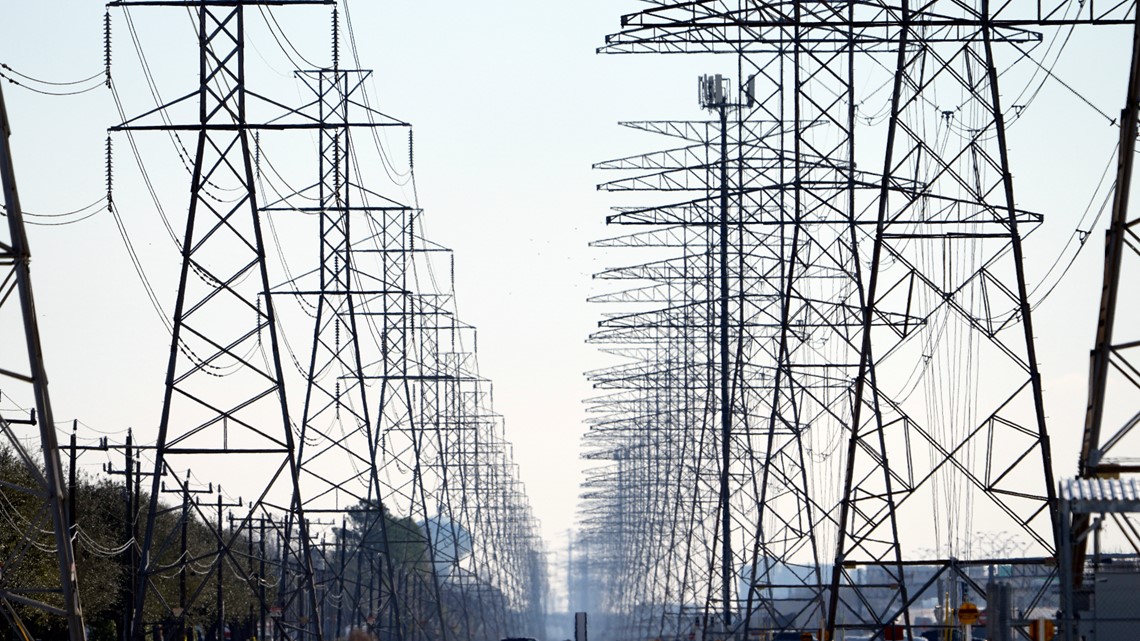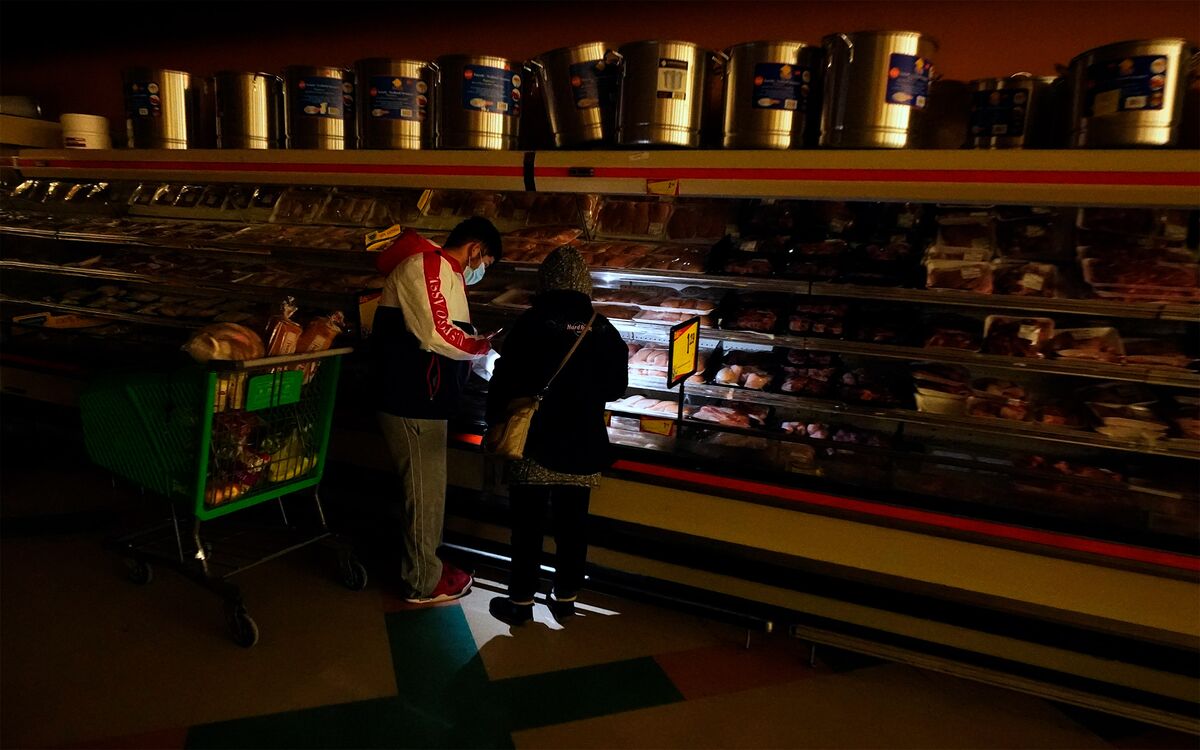Dana7360
Diamond Member
- Aug 6, 2014
- 15,147
- 13,593
- 2,405
So that's why they could not buy and ship power to their customers? Management? Not physical inability?It's link to the US Grid....it just manages itself, instead of being managed by NERCAgreed..but without political support...any movement to regulate the industry or link with the US grid..was doomed--even if they had been so inclined.The whole board should resign for not using common sense and doing what neighboring El Paso Electric did after the 2011 cold snap that crippled those grids, weatherizing their grid to function in extremely cold weather.
If so..that's even more egregious!
The person you replied to had it partially correct.
Here is the truth:

VERIFY: Does Texas have an independent power grid, and what does that mean?
People have begun to focus on Texas' independent power grid amidst rolling power outages in response to the state's grid failing to meet the demand.
THE QUESTION
Does Texas have an independent power grid? What does that mean?
THE ANSWER
Yes, most of Texas’ power supply is connected to a grid entirely within state lines. It is one of three power grids in the country: a western power grid, an eastern power grid and the Texas grid.
That means the connections Texas has to other grids is limited, which in turn limits the amount of power that can be transferred from other grids to Texas and vice versa.
WHAT WE FOUND
The Electric Reliability Council of Texas (ERCOT) manages Texas’ grid, which is about 90% of the state’s electrical load. ERCOT explains in a short YouTube video that the Texas grid is independent from the country’s two other electrical grids that cover the eastern and western United States.
An EPA map shows that most of the Texas panhandle and parts of eastern Texas are a part of the Eastern Interconnect and the El Paso area is a part of the Western Interconnect. The rest of Texas is in what’s called the Texas Interconnect. The entire grid is contained within Texas.
About 2:10 into an ERCOT video about its history, ERCOT explained that Texas has an independent grid because of its response to the 1935 Federal Power Act. The law gave the federal government authority to regulate power companies that engaged in interstate commerce. So Texas power companies agreed not to sell power outside of Texas, which allowed them the ability to avoid federal regulation.
The U.S. Energy Information Administration explains the power grids are interconnected to help “maintain the reliability of the grid by providing multiple routes for power to flow and allowing generators to supply electricity to many load centers. This redundancy helps prevent transmission line or power plant failures from causing interruptions in service to retail customers.”
It further explains balancing authorities manage regional systems to ensure electrical supply is always able to meet demand. “Balancing authorities maintain appropriate operating conditions for the electric system by ensuring that a sufficient supply of electricity is available to serve expected demand, which includes managing transfers of electricity with other balancing authorities.”
ERCOT is unique in its role serving as both a balancing authority and an interconnection. And unfortunately because ERCOT is an interconnection itself, it cannot manage a transfer of electricity from another balancing authority.
The only connections the Texas grid has to outside grids are ties to the eastern power grid and the power grid in Mexico. However, those ties only allow for transfers of small amounts of power. On a Wednesday media call, ERCOT said 800 MW (megawatts) per day can be transferred through connections to the eastern grid and 400 MW per day can be transferred through the Mexican grid. That's not nearly enough to make up for Texas's current deficit in power.
And that’s the problem for Texas right now. There is currently not enough power being generated in Texas to meet the current demand, which has caused ERCOT to call for rotating outages in a recent news release.


